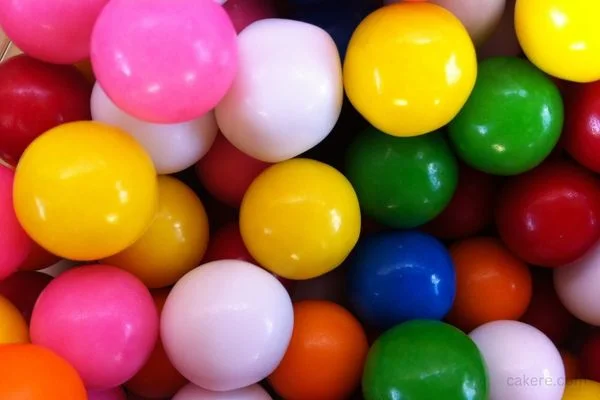Have you ever looked at the ingredient list on a package of baked goods and wondered what each ingredient does? One ingredient that you may have come across is xanthan gum.
Xanthan gum is a common additive in many baked goods, but what exactly does xanthan gum do in baking? In this article, we’ll explore the role of xanthan gum in baking and why it’s such a popular ingredient.

What is Xanthan Gum?
Xanthan gum is a polysaccharide that is produced by fermenting simple sugars with a type of bacteria called Xanthomonas campestris. This fermentation process results in a gel-like substance that is then dried and ground into a fine powder. Xanthan gum is used as a thickening and stabilizing agent in a variety of foods, including baked goods.
What Does Xanthan Gum Do in Baking?
- Improves Texture: One of the main reasons that xanthan gum is used in baking is to improve the texture of the final product. Xanthan gum acts as a binder, holding the ingredients together and preventing them from separating. This results in a smoother, more uniform texture in your baked goods.
- Increases Shelf Life: Xanthan gum also helps to increase the shelf life of baked goods. By binding the ingredients together, it helps to prevent moisture from escaping, which can cause the product to dry out and become stale. This means that your baked goods will stay fresher for longer.
- Gluten-Free Baking: Xanthan gum is particularly useful in gluten-free baking. Without gluten, it can be difficult to achieve the same texture and structure in baked goods. Xanthan gum helps to mimic the properties of gluten, resulting in a final product that is more similar to its gluten-containing counterpart.
How to Use Xanthan Gum in Baking?
When using xanthan gum in baking, it’s important to follow the recommended guidelines. Too much xanthan gum can result in a gummy or slimy texture, while too little can result in a crumbly or dry product. Generally, you should use about 1/2 to 1 teaspoon of xanthan gum per cup of flour when baking.
FAQs
Yes, xanthan gum is generally recognized as safe by the FDA and is widely used in the food industry.
It is not recommended to substitute xanthan gum with other ingredients, as it has unique properties that are difficult to replicate.
No, xanthan gum is not necessary for all types of baking. It is particularly useful in gluten-free baking, but may not be needed in other types of baked goods.
Conclusion
Xanthan gum is a versatile and useful ingredient in baking, particularly in gluten-free baking. Its ability to improve texture, increase shelf life, and mimic the properties of gluten make it a popular choice for bakers. When using xanthan gum, it’s important to follow the recommended guidelines to achieve the desired results. So, next time you see xanthan gum on the ingredient list of your favorite baked goods, you’ll know exactly what it does in baking.
